|
By Devin Edmonds Doctoral Student, Department of Natural Resources and Environmental Sciences University of Illinois at Urbana-Champaign Turtles are arguably the most liked of all the reptiles. Unlike their legless and slithery counterparts, people rarely fear turtles or worry about their bite. We keep turtles as pets, buy turtle-branded products, and associate turtles with good luck. Turtles are the one group of reptiles most people actually like. But aside from being likable, turtles also serve important ecological roles. Turtles help cycle nutrients from water to land, supporting energy flow between terrestrial and aquatic ecosystems. Some species are ecosystem engineers, reshaping their physical environment with burrows. Turtles have even been shown to play an important role in seed germination and dispersal. Despite their importance, many turtle species are in trouble. There are more than 300 different kinds of turtles and tortoises in the world; over half are threatened with extinction. Of our 17 Illinois turtle species, the Department of Natural Resources lists six as Endangered and one as Threatened. World Turtle Day was established in 2000 to bring attention to the precarious situation many turtles face. Nachusa Grasslands provides important habitat for five turtle species: Midland painted turtle (Chrysemys picta marginata) The Midland painted turtle is the most likely turtle to be seen at Nachusa Grasslands. They are aquatic but often can be observed on sunny days basking on logs or other objects protruding from the water’s surface. Their most easily identifiable feature is their yellow-striped head. Painted turtle populations are stable in Illinois, and the species is common and widespread. They are more adaptable to habitat degradation than other turtles in the state. Common snapping turtle (Chelydra serpentina) The largest turtle at Nachusa Grasslands is the common snapping turtle. These monsters are almost entirely aquatic and go unnoticed for most of the year. In June, females emerge from the murky depths to lay eggs on land, and it is during the late spring-early summer nesting season when you are likely to encounter one. Though they look menacing, in the water snappers are quite shy and reclusive animals. Snapping turtles are adaptable, widespread, and found throughout most Illinois waterbodies. Eastern spiny softshell turtle (Apalone spinifera spinifera) The most peculiar-looking turtle at Nachusa Grasslands is the Eastern spiny softshell. Their shell is not hard, but rubbery in texture, and their feet are fully webbed. Females are twice the size of males, growing up to around 15 inches in length. When softshells feel threatened, they dive underwater and burrow below the substrate with only their head sticking up from the muck. They tend to be associated with lakes, rivers, and larger bodies of water. At Nachusa, spiny softshells have been seen in Clear Creek but may occur elsewhere in the preserve. Ornate box turtle (Terrapene ornata) The ornate box turtle is the only land turtle at Nachusa Grasslands. They are a true prairie species, restricted to sand prairies and the southern till plain of Illinois. Since much of their habitat is now agricultural land, Illinois populations are small and isolated. Consequently, the ornate box turtle is state listed as Threatened. They are easy to identify at Nachusa by the attractive radiating pattern of yellow or cream-colored lines on their shell. For over a decade, Nachusa Grasslands has been supporting research on the species, which is helping inform conservation efforts. Blanding’s turtle (Emydoidea blandingii) The most threatened turtle species found at Nachusa Grasslands is Blanding’s turtle. Their most prominent feature is their bright yellow chin and throat. They are semi-aquatic and restricted to prairie wetlands and wet meadows, where the water is calm and there is ample vegetation. They make long treks overland to nest and occasionally travel between wetlands. Habitat loss is the main threat to Blanding’s turtles, with Nachusa Grasslands providing critical habitat for this state Endangered species. On top of habitat management, Nachusa has also helped initiate a head-starting program for Blanding’s turtles, whereby eggs are removed from nests, incubated in captivity, and baby turtles released after being raised to a size where they are less vulnerable to predation. So far, more than 70 one year-old Blanding’s turtles have been released in native prairie habitat as part of the head-starting program. To help turtles, donate to:
0 Comments
Your comment will be posted after it is approved.
Leave a Reply. |
Blog CoordinatorDee Hudson
I am a nature photographer, a freelance graphic designer, and steward at Nachusa's Thelma Carpenter Prairie. I have taken photos for Nachusa since 2012. EditorJames Higby
I have been a high school French teacher, registered piano technician, and librarian. In retirement I am a volunteer historian at Lee County Historical and Genealogical Society. Categories
All
Archives
January 2024
|
CONNECT WITH US |
|
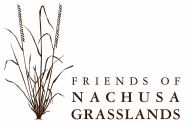
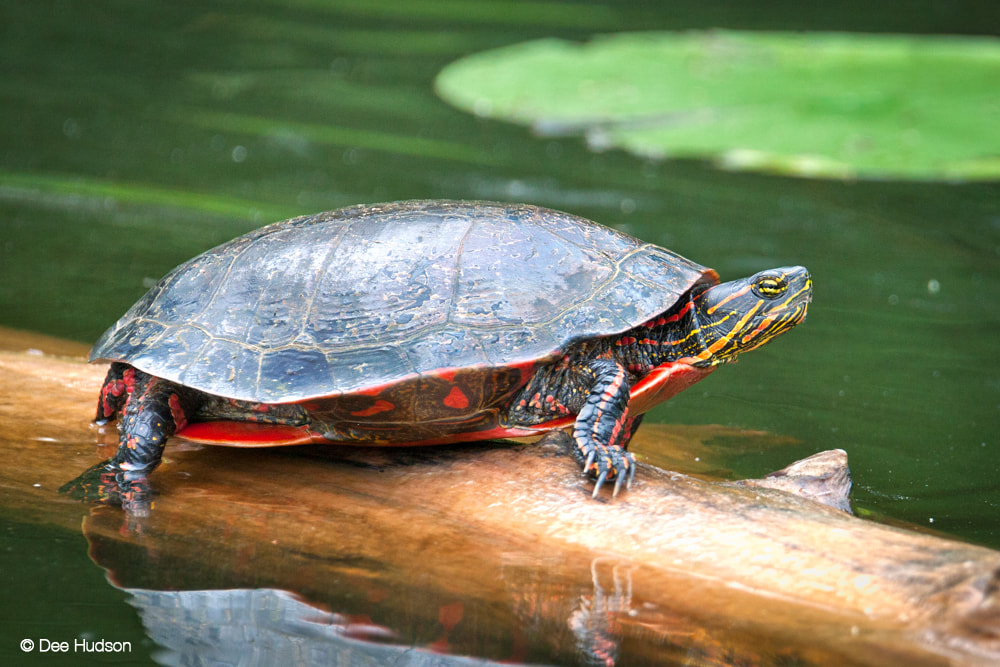
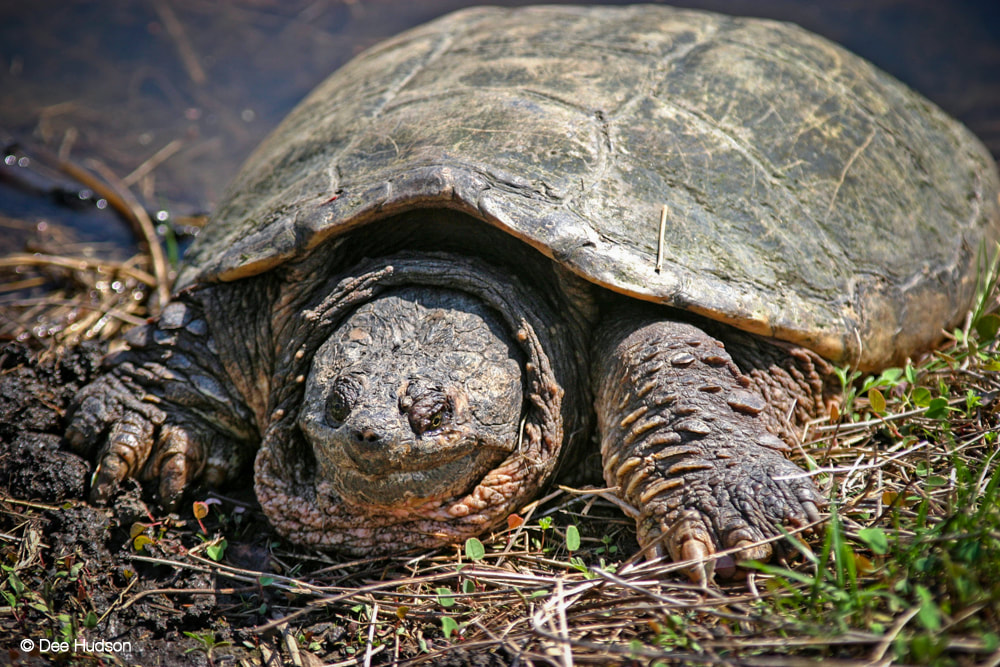
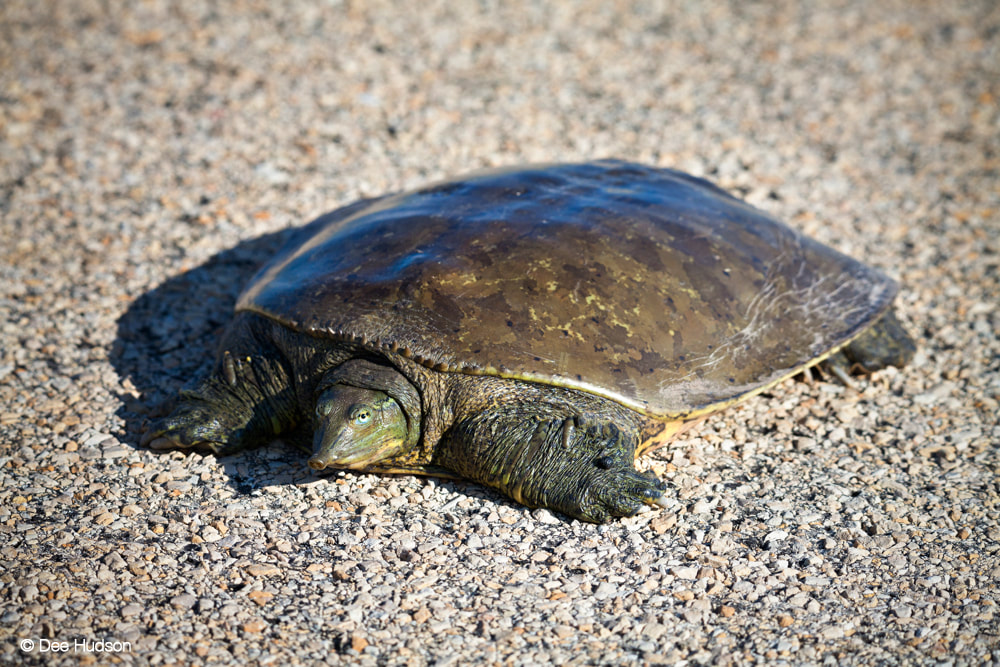
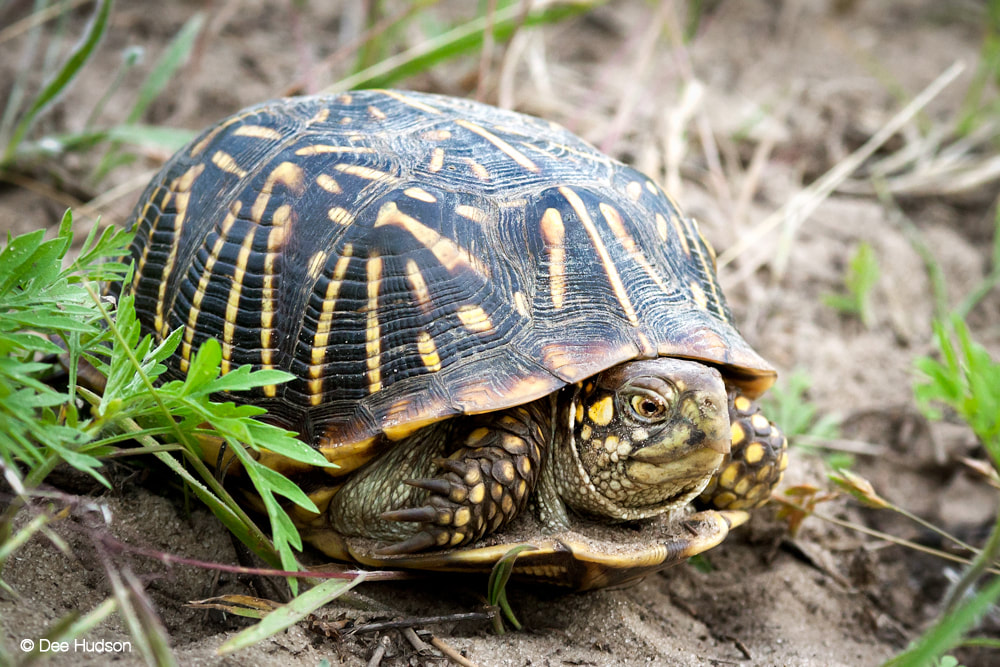
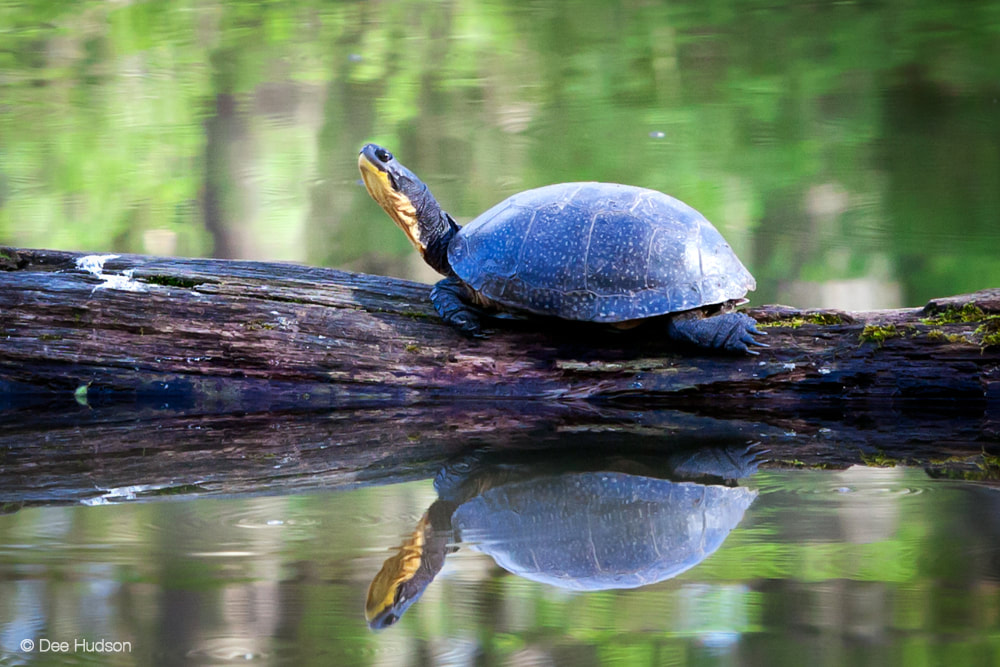

 RSS Feed
RSS Feed